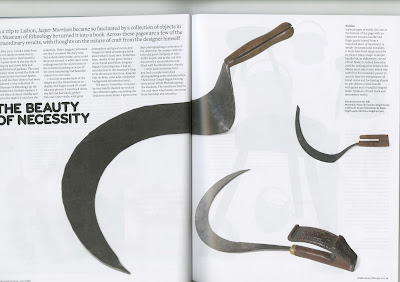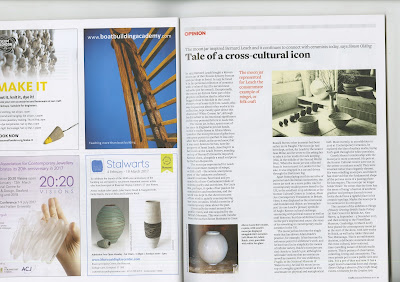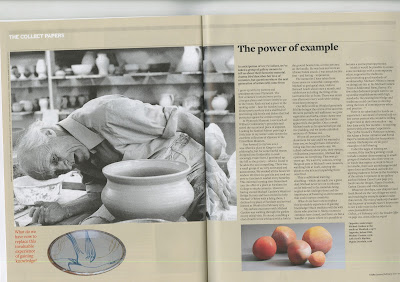Coin tree / Wishing rituals
"The coins are usually knocked into felled tree trunks using stones by passers-by, who hope it will bring them good fortune.These fascinating spectacles often have coins from centuries ago buried deep in their bark and warped by the passage of time.The tradition of making offerings to deities at wishing trees dates back hundreds of years, but this combination of the man-made and the natural is far more rare."
'In Britain it dates back to the 1700's and is said that a sick person could press a coin into a tree and their illness would go away...But If someone then takes the coin out though, it's said they then become ill.'
Coin wishing trees have also popped up in other parts of England and in other European countries. Modern takes on the wishing tree includes hanging trinkets, colourful fabrics or written wishes and worries from the branches. The wishing tree concept is one that has existed in much of the world.
"A wish tree is an individual tree, usually distinguished by species, position or appearance, which is used as an object of wishes and offerings. Such trees are identified as possessing a special religious or spiritual value. By tradition, believers make votive offerings in order to gain from that nature spirit saint or goddess fulfilment of a wish."
"On Isle Maree, a small island in the middle of Loch Maree in the Highlands, an oak tree on the island is festooned with coins, after visitors made votive offerings in the hopes of benefiting from the water's perceived healing powers.Following a visit by Queen Victoria in 1877, who wrote about the mysterious oak in her published diaries, the tree became an even more popular attraction, though copper poisoning posed a bit of a problem later on. The legend of the Money Tree also states that coins that fall from it are wishes that will not be granted."
Reflection
I am deeply fascinated by relics of the past, and find the combination of these natural forms coupled alongside man-made items to be rich in sculpture potential. By defamiliarising the coins from there usual environment they begin to take on a mystical aura, but still retain there inherent value alongside connotations surrounding payment and settlement. I would like to use these similar materials and forms within my growing practice as I believe it is important to use the unconventional in order to truly emphasis out of the box concepts.
Although it is unclear where this myth started from, it is evident that it carries a strong hold on tourists even to this day, as superstition is still viewed by many as something not to play around with. Not wanting to chance ill health, even those who don't believe, hammer a coin into the wood so as not to offend the tree spirits. Personally I find there to be something folksy and charming about the continuation of myths and legends, as they connect us to our forefathers adding mystery and wonder to an overly analytical, godless society.
Sources



















































